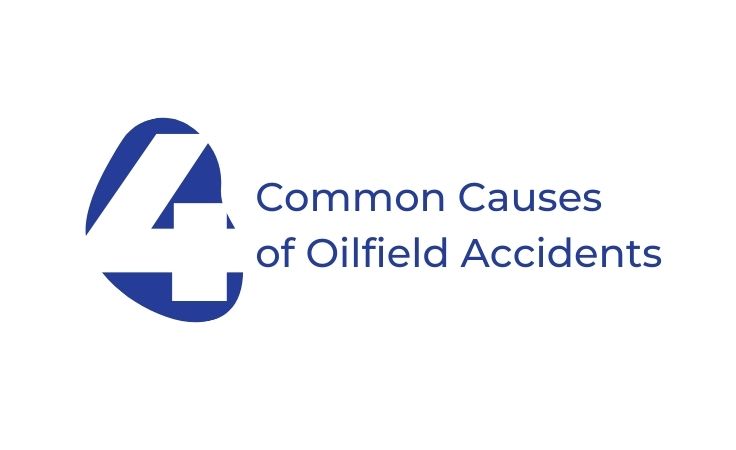Though the oilfield is an inherently dangerous place to work, safety measures can be highly effective when they are implemented, monitored, and managed correctly. It’s when facilities choose to skirt the rules, cut corners, and sometimes even blatantly violate state and federal regulations that oilfield accidents most commonly happen, leading to serious and even life-threatening injuries.
Dangers for workers abound in the oilfield. Moving oil and oil-related equipment accounts for the majority of oilfield accidents. According to the most recent available data from the Centers for Disease Control and Prevention (CDC), nearly half, or 42 percent, of all oilfield fatalities in 2017 were related to transportation.
Contact injuries are the next most common accident, followed by explosions by combustion or fire, exposure to harmful substances, and falls.
To lessen the risk of such things happening, workers and employers must understand the underlying causes that lead to these accidents in the first place. Four of the most common are:
Inadequate Training. For an oilfield to be a safe environment, workers need to be familiar with all of the processes and machinery they are using, in addition to knowing any risks and hazards before the job starts. An inexperienced or poorly trained crewmember could be a liability to themselves and others. The employer is responsible for properly training and equipping workers.
Carelessness. Following safety protocols, avoiding distractions, and paying close attention to the task at hand are all crucial for employers and crewmembers when it comes to keeping the oilfield safe. Cutting corners to get the job done faster can lead to life-threatening situations in this environment.
Faulty equipment. Faulty and defective equipment on an oilfield can cause all sorts of dangers: gas leaks, chemical fires, and pipeline explosions, to name a few. Defects can happen for a number of reasons, from manufacturing design flaws to shoddy maintenance practices. Depending on what causes a rig or other piece of machinery to malfunction will impact which parties might be liable for damages.
Unanticipated environmental hazards. OSHA lists temperature extremes (both hot and cold), exposure to harmful gases (e.g., hydrogen sulfide) or radioactive material, harmful levels of noise, and exposure to silica as some of the environmental hazards oilfield workers can encounter and that can cause accidents. These hazards can also cause long-term health problems if crewmembers are not given the kind of protective gear required to guard against injury.
On the oilfield, knowing the underlying causes for accidents never completely removes the risk of them happening. After all, this is a dangerous place to work no matter how carefully safety precautions are followed. However, as noted above, the risk of injury or death is greatly lessened when facilities, their managers, and their workers take care to follow regulations.
If any of these accidents happen because of negligence, workers can pursue compensation for injuries.
Rodriguez & Associates has provided caring legal help to oilfield accident victims since 1980. Our founder and president, Daniel Rodriguez even has firsthand experience working in the oilfields and knows how hard the work can be and how dangerous it becomes if safety is not prioritized.
If you have been impacted by one of these accidents, you are not alone. Please reach out to us today to discuss your case and receive support by filling out our online form or calling (661) 777-7575.
